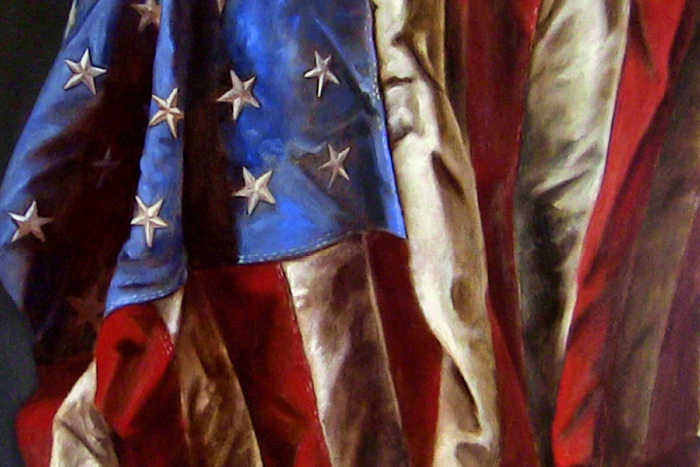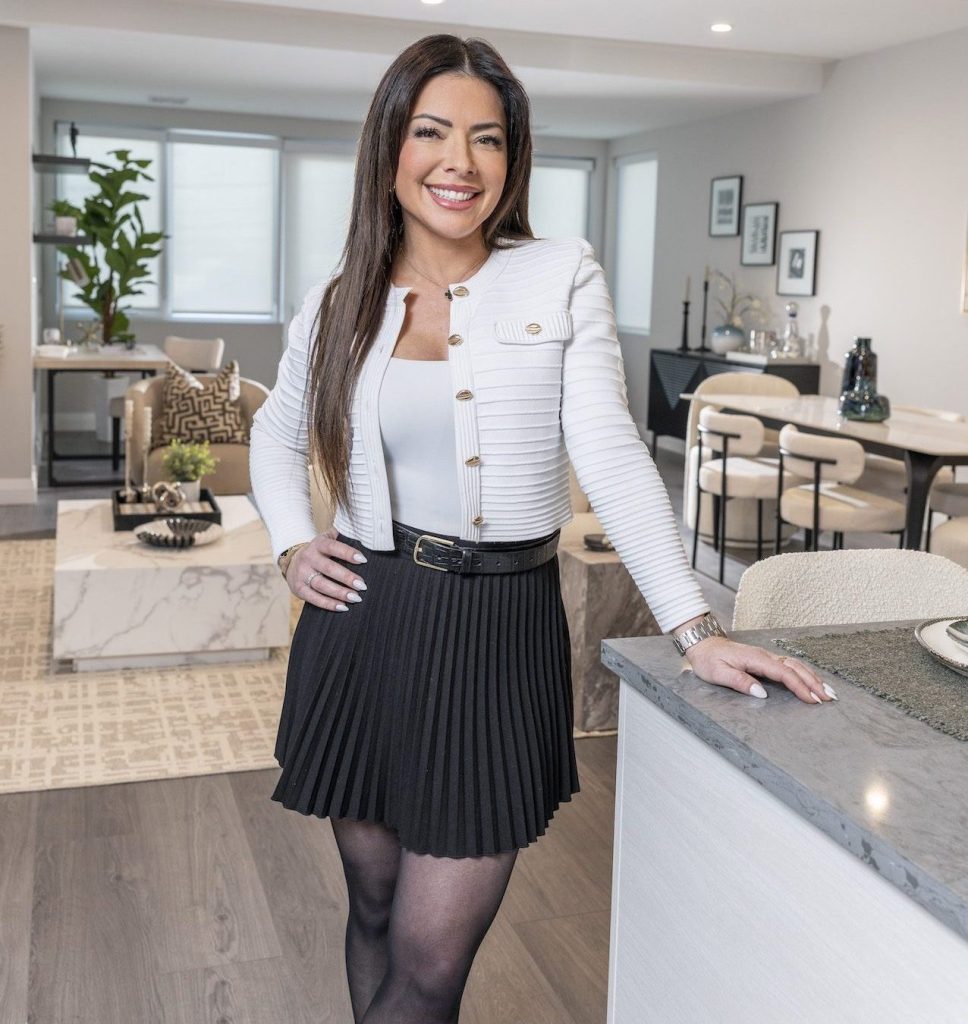Meet This Week's Dan's Papers Cover Artist John Schisler

Born in Baltimore, Maryland, John Schisler first began painting at the age of 17 at the Conrad Miller Studio in Fells Point, Maryland. Most of Schisler’s work consists of still lifes that capture a movement or moment in time.

You have a lot of paintings of baseballs and the flag together, what was your inspiration for this series?
The American Flag and baseball just seemed to go well together. Originally, it was the challenge of painting the fabric of the flag with all the folds and wrinkles, but the first couple of paintings were so well received I decided to keep going. It has expanded into an overall baseball theme.
Tell us about your work currently on display at William Ris Gallery in Jamesport.
I have a few pieces there, including Voyage Home, which was selected in 2016 for the National Oil and Acrylic Painters’ Society’s (NOAPS) Best of America Show and was in the September 2016 issue of American Art Collector.
How would you describe your artistic style?
Classical realism to contemporary realism.
Your website says that you use black oil. What is that and how does it change your painting compared to regular oil paint?
I was fortunate enough to study with Nancy Conrad, a student of Jacques Maroger. Maroger, former technical director of The Louvre laboratory and president of the Society of Restorers in France, researched the lost painting formulas of the Old Masters [European painters before the 19th century], which he published in The Secret Formulas and Techniques of the Old Masters in 1948. The medium I make and use is today known as Maroger Medium. I cook linseed oil with litharge until it is chemically bonded and turns black as coffee; “black oil.” This oil can then be used to mix powdered pigments into paint. The oil is also used to make the Maroger Medium. Beeswax or mastic crystals are added to create either the Italian or Flemish medium. The results are qualities of permanence, transparency, shadow, brilliance and luminosity that bring a special quality to the painting.
Describe your creative process.
In my studio I have a two-foot-square shadow box that I set up for my still lifes. The box blocks out unwanted light and allows me to move a spot light around to create dramatic shadows.
What did you do before you became a full-time artist?
I had a lawn care business in Baltimore for 14 years before selling the business and moving to Delaware. Painting had been a hobby since the age of 17 when I first took lessons. When someone asks what I do for a living, it’s still a little awkward to say “I’m an artist” but I’m getting used to it.
What’s one great piece of art advice you’ve received?
When I was juried into my first Oil Painters of America (OPA) national exhibition I went to the opening. One of the speakers was the current OPA president who described his own struggles as an artist and said “Being an artist is a long series of disappointments with a few glimmers of hope along the way.” I thought this was a good description. He had said glimmers of hope, not successes, which to me meant I wasn’t alone in my struggle to become a successful artist.
What are you currently working on?
I’m working on more still life paintings for upcoming shows at Rittenhouse Square in Philadelphia in September and Bethesda Row in Bethesda, Maryland in October.
To see all of John Schisler’s art, visit johnschisler.com. See his work at William Ris Gallery, 1291 Main Road, Jamesport.




